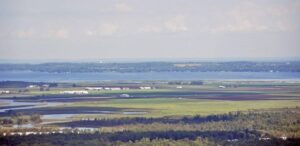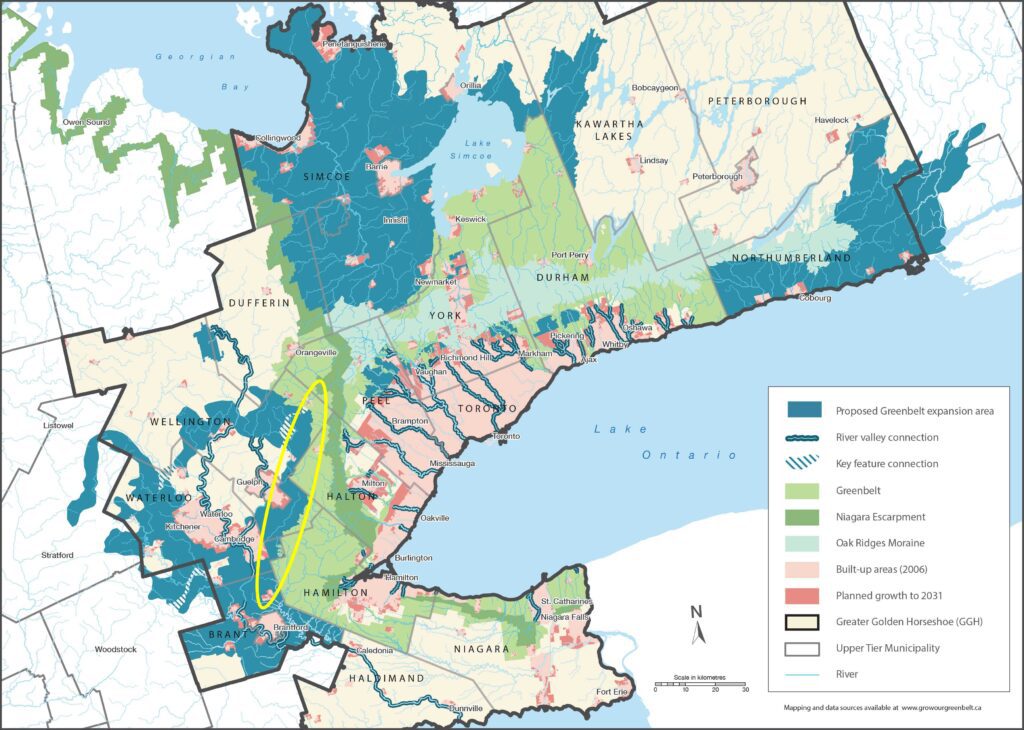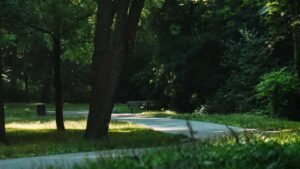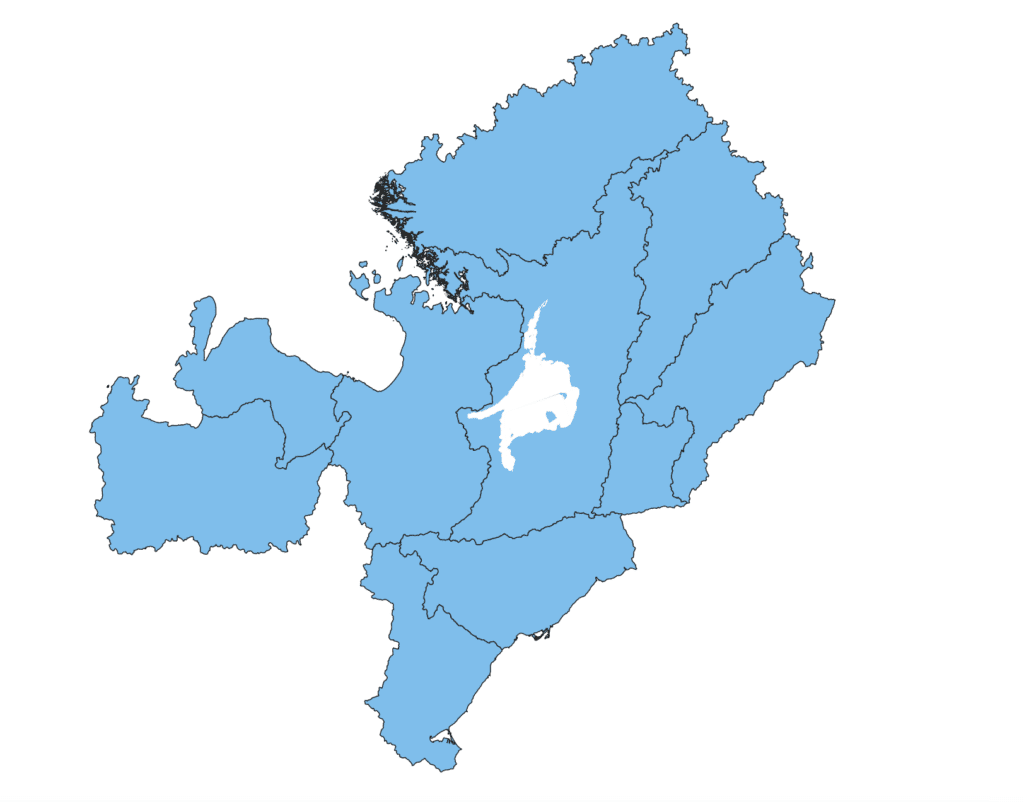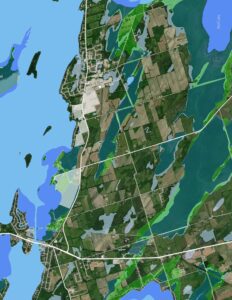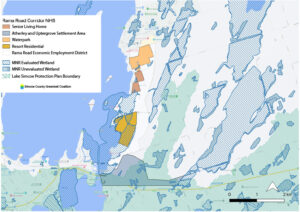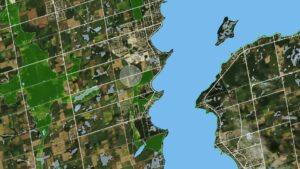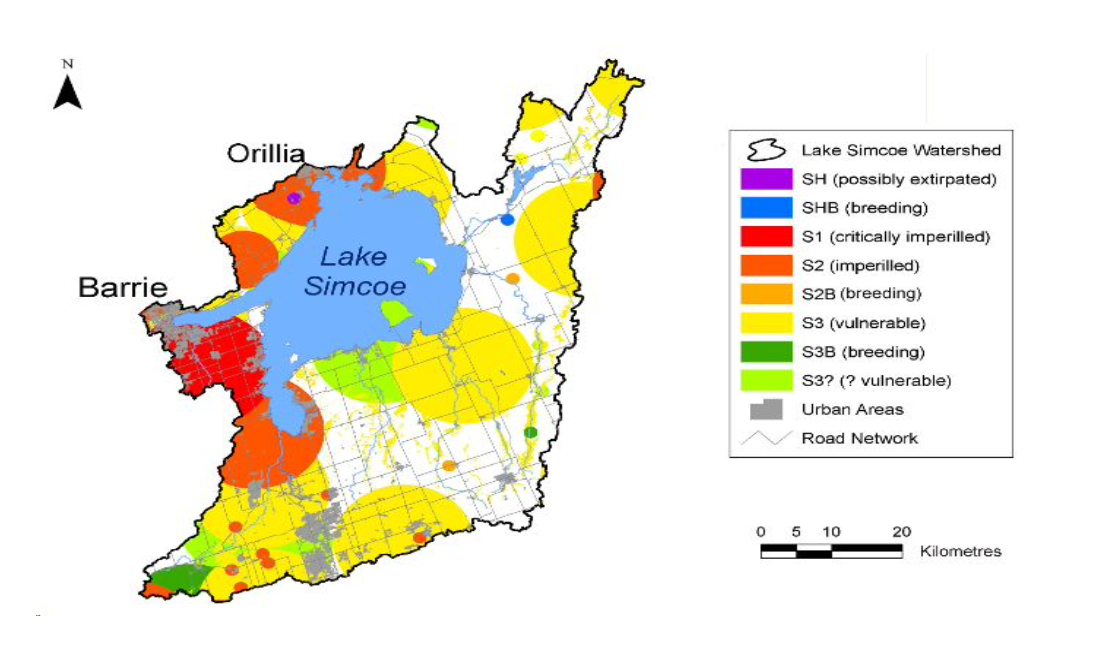Gord Miller, the former Environmental Commissioner of Ontario, characterized this provincial exemption in a recent webinar, saying:
“This is a violation of international standards. It’s widely recognized that when you’re doing an assessment of an initiative you don’t start until you’ve at least measured all of the impacts to the best of your ability so you can make a rational decision. They are clearly violating that.”
“Highways are the gateway drug for sprawl and the Bypass is a perfect example. Developers own over 3000 acres of land around this highway waiting for the greenlight to destroy more farmland and wetlands.
York Region is planning on destroying 24,589 acres of farmland for new development by 2051, and the Bypass would facilitate the worst of this sprawl in East Gwillimbury.
Supporting the Bypass is contrary to building compact and affordable housing, a healthy Lake Simcoe, a productive agriculture sector and climate action,” says Claire Malcolmson, Executive Director of the Rescue Lake Simcoe Coalition.
Although no one in the government has confirmed the price of the highway, estimates show that Ontarians will be paying anywhere from $800 million to $2.2 billion for this 16 km, 400 series highway.
This leads opponents to declare that this is a waste of funds that could be better spent elsewhere.
Bill Foster, founder of Forbid Roads Over Green Spaces says, “We are in the sixth wave of the pandemic and our healthcare and education systems are in dire need of investment.
A destructive highway through the Greenbelt that will pollute Lake Simcoe, a regional economic driver, is a wasteful and dangerous way to spend limited tax dollars.
We could save a very small portion of the province a few minutes in driving time or we could provide better healthcare, more nurses, better senior care and more childcare spaces.
The fact that two Greenbelt highways – the Holland Marsh Highway and Highway 413 – are Premier Ford’s major election planks, speaks volumes about his priorities to me.”
Opponents are gravely concerned about how adding more fossil fuel infrastructure will exacerbate the climate crisis.
Margaret Prophet, Executive Director of the Simcoe County Greenbelt Coalition, “Yesterday, the International Panel on Climate Change outlined how important it is to reduce transportation emissions and how urban areas need to lessen their investment in car dependent infrastructure. Yet, today, we get a doubling down on a Greenbelt destroying highway that clearly contradicts the spirit of what climate scientists are telling us we need to do.
It’s clear there’s no intention here to tackle climate change seriously. We’re still pulling from a 1950s playbook of economic development that created all of this mess to begin with.
This highway is destructive and costly and it will lock in a style of development that will negatively impact our collective health forever and decision makers don’t seem to care.”





